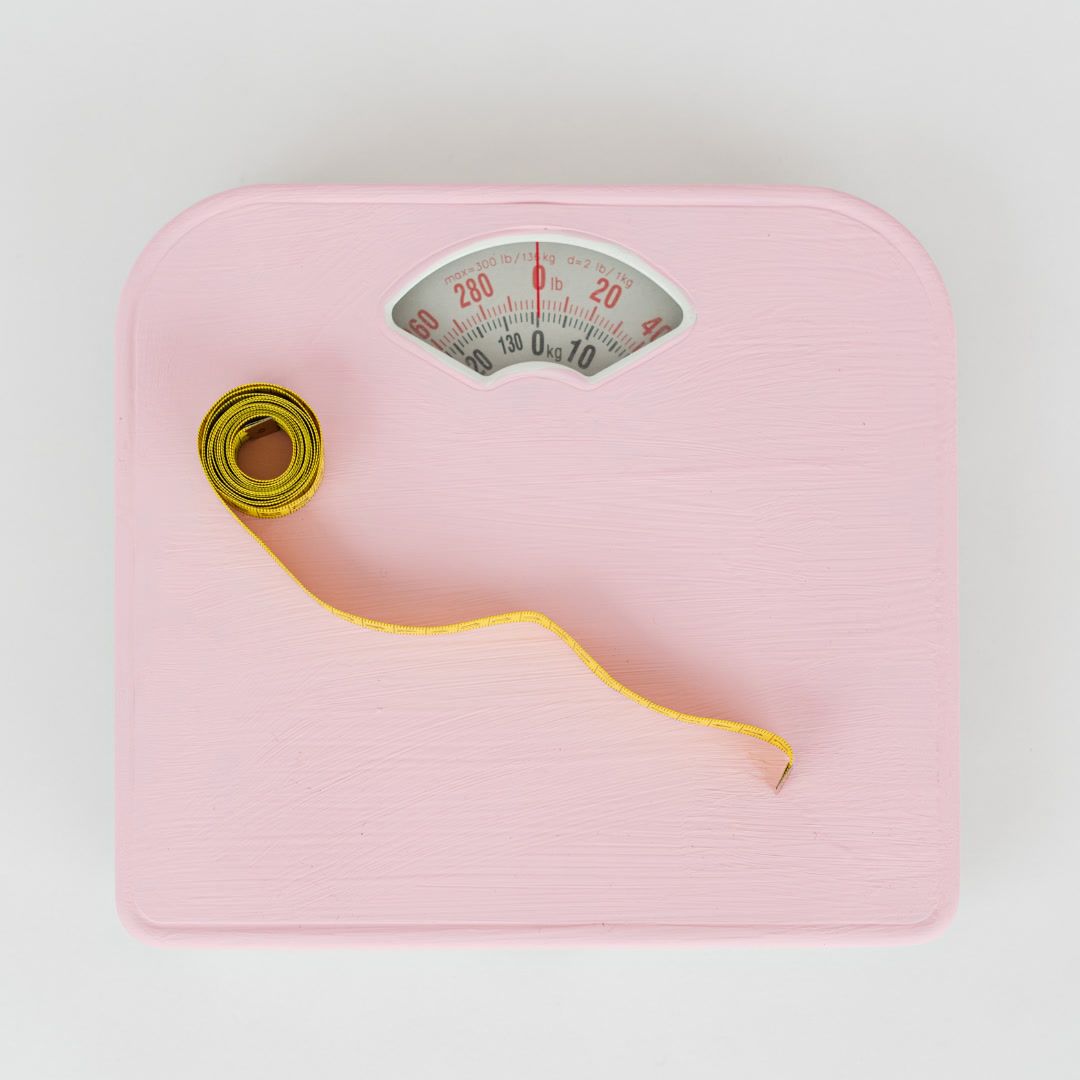Keto Vegetables: Low-Carb Options and Net-Carb Counts
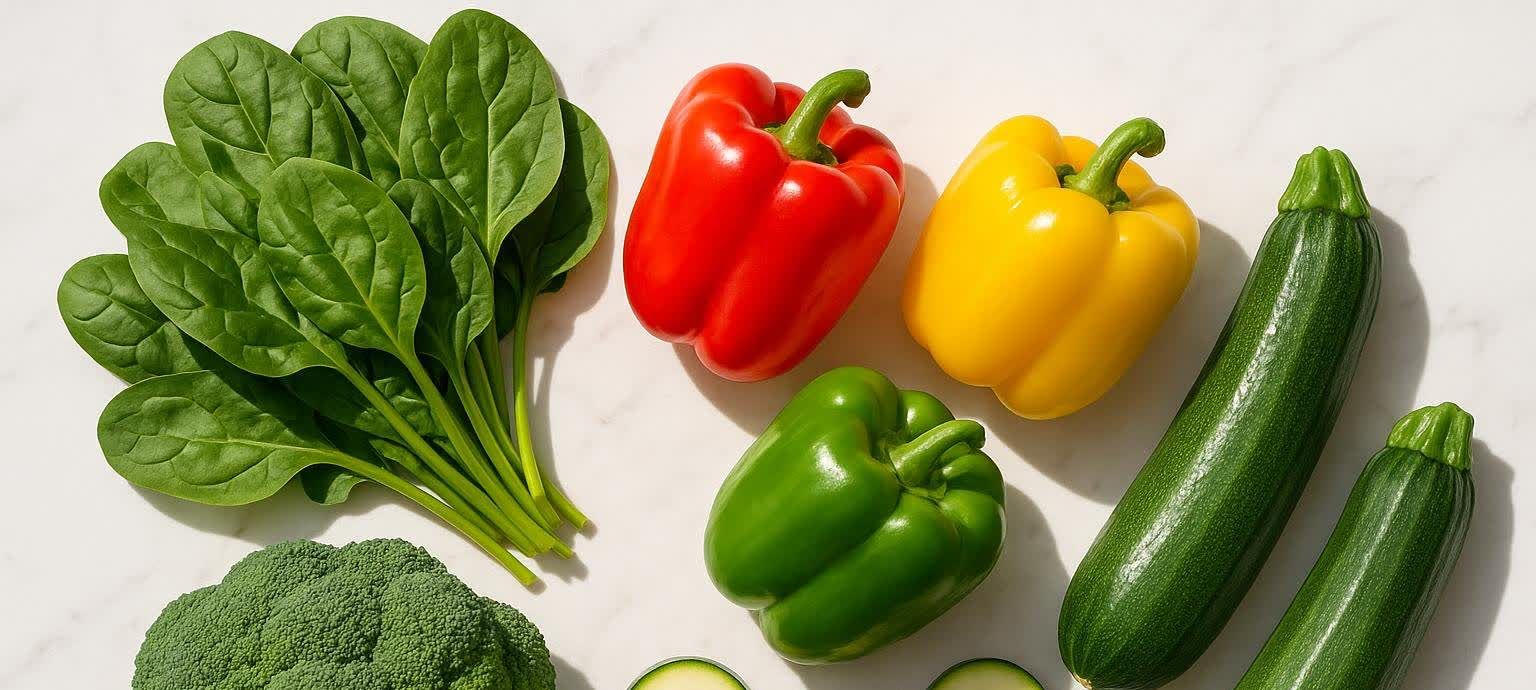
Keto Vegetables: Low-Carb Options & Net-Carb Counts
Trying to stay under 20–25 g of net carbs a day can feel like tip-toeing through a nutritional minefield—especially when it comes to vegetables. The good news? You don’t have to give up your greens (or reds and purples) to keep ketosis humming. Use this science-backed, BodySpec-approved cheat sheet to build satisfying, nutrient-dense, and truly low-carb plates.
Quick rule of thumb: Vegetables that grow above the ground are usually keto-friendly, while below-ground root veggies pack more starch and carbs. It’s a reliable guideline (Diet Doctor).
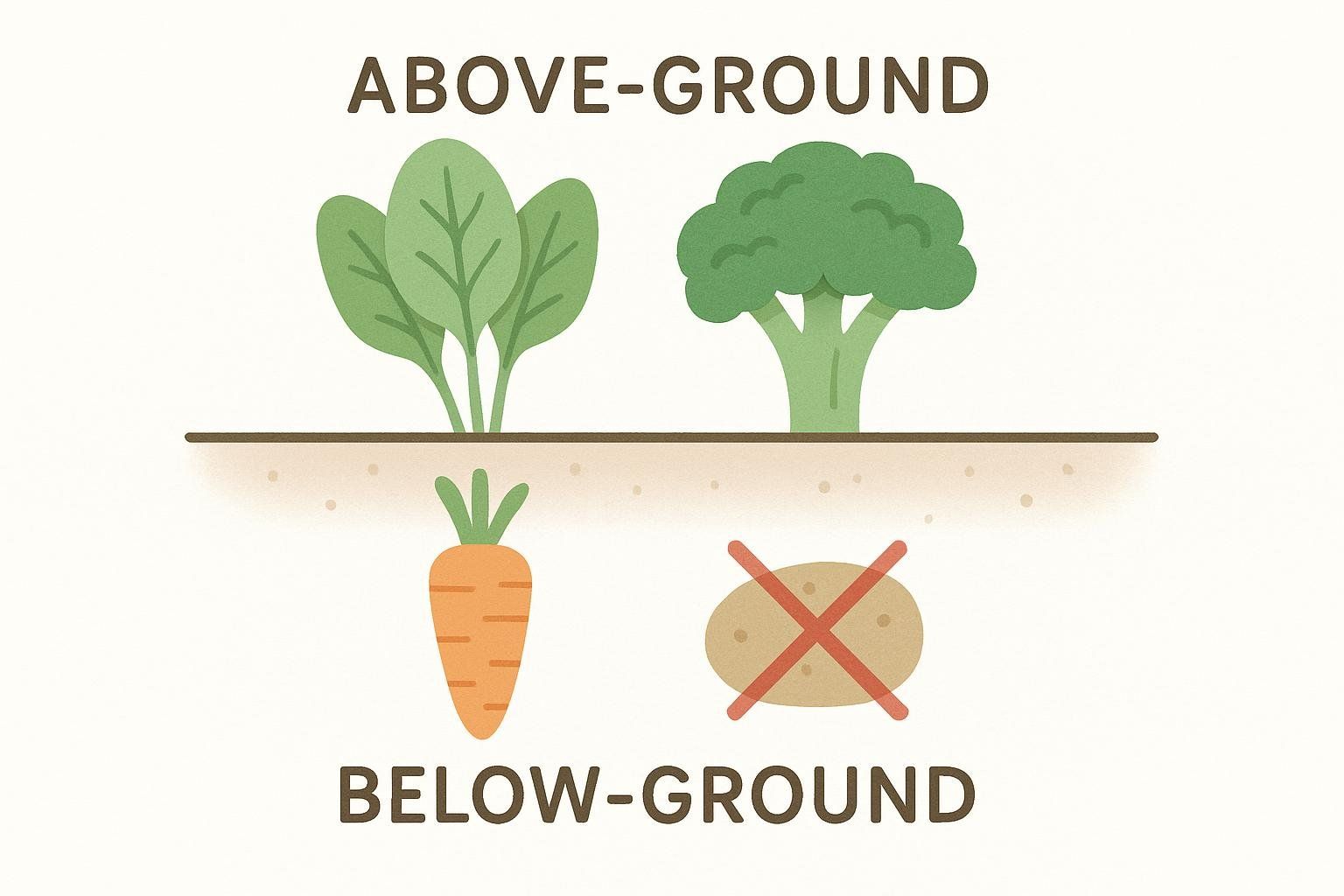
Table 1. Net Carbs in Popular Keto Vegetables (per 100 g, raw)
| Vegetable | Net Carbs (g) | Key Micronutrients |
|---|---|---|
| Spinach | 1.4 | Vitamin K, Iron, Folate |
| Kale | 3.6 | Vitamin C, Calcium |
| Romaine lettuce | 2.3 | Vitamin A, Potassium |
| Cauliflower | 3.0 | Vitamin C, Choline |
| Broccoli | 4.0 | Vitamin C, Vitamin K |
| Zucchini | 2.3 | Potassium, Manganese |
| Asparagus | 2.0 | Folate, Vitamin K |
| Mushrooms | 2.8 | Selenium, B-Vitamins |
| Green bell pepper | 3.0 | Vitamin C, Vitamin A |
| Cabbage | 3.0 | Vitamin C, Vitamin K |
Net carbs = total carbs − fiber. Values rounded to the nearest 0.1 g. Source: USDA FoodData Central.
Why raw vs. cooked matters
Cooking removes water and concentrates carbs. Example: 100 g raw spinach has ~1.4 g net carbs, but the same weight of cooked, drained spinach lands closer to 3 g because the leaves wilt and pack tighter. For exact tracking, log veggies in the same state you eat them.
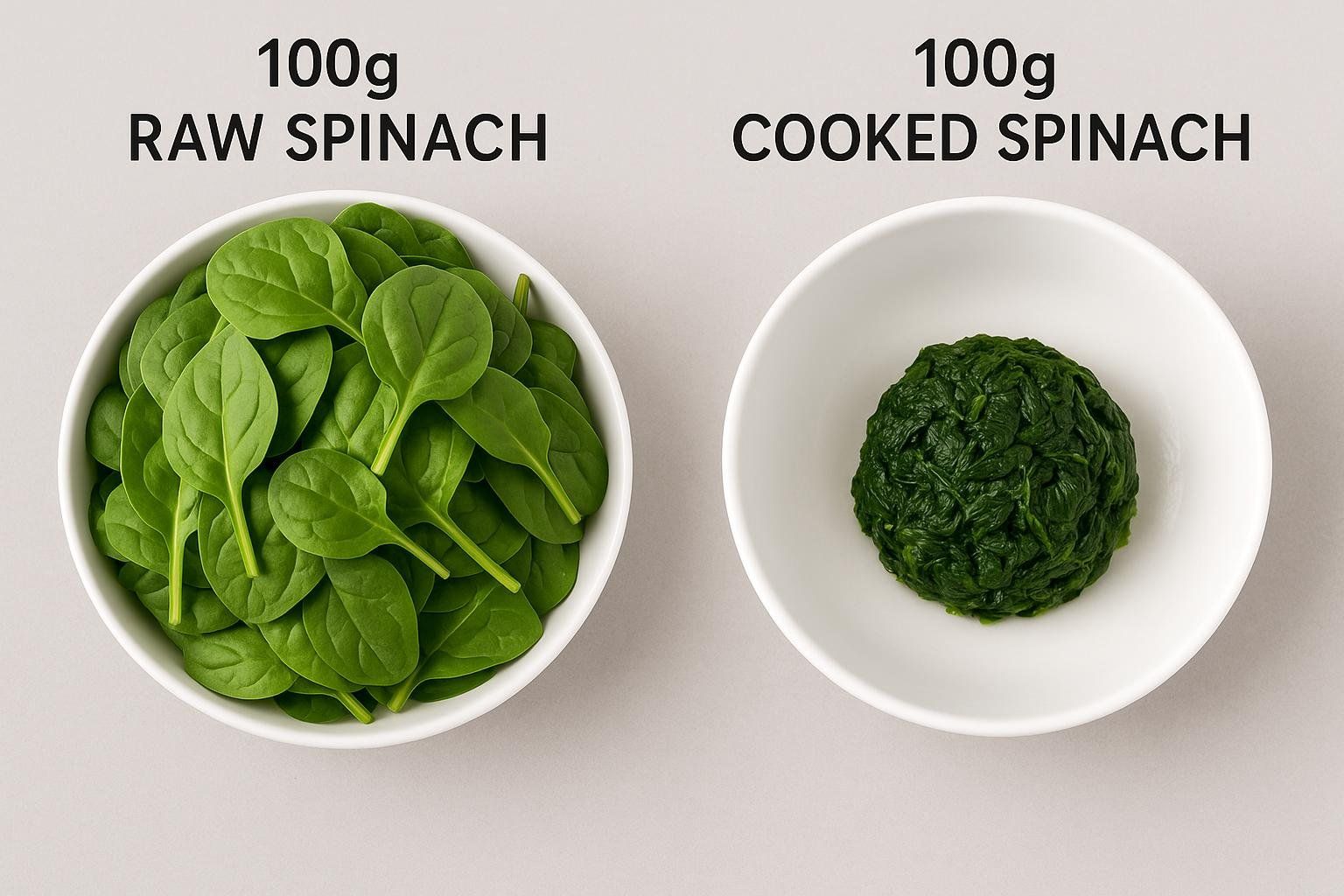
Ultra-Low-Carb All-Stars (< 3 g net carbs)
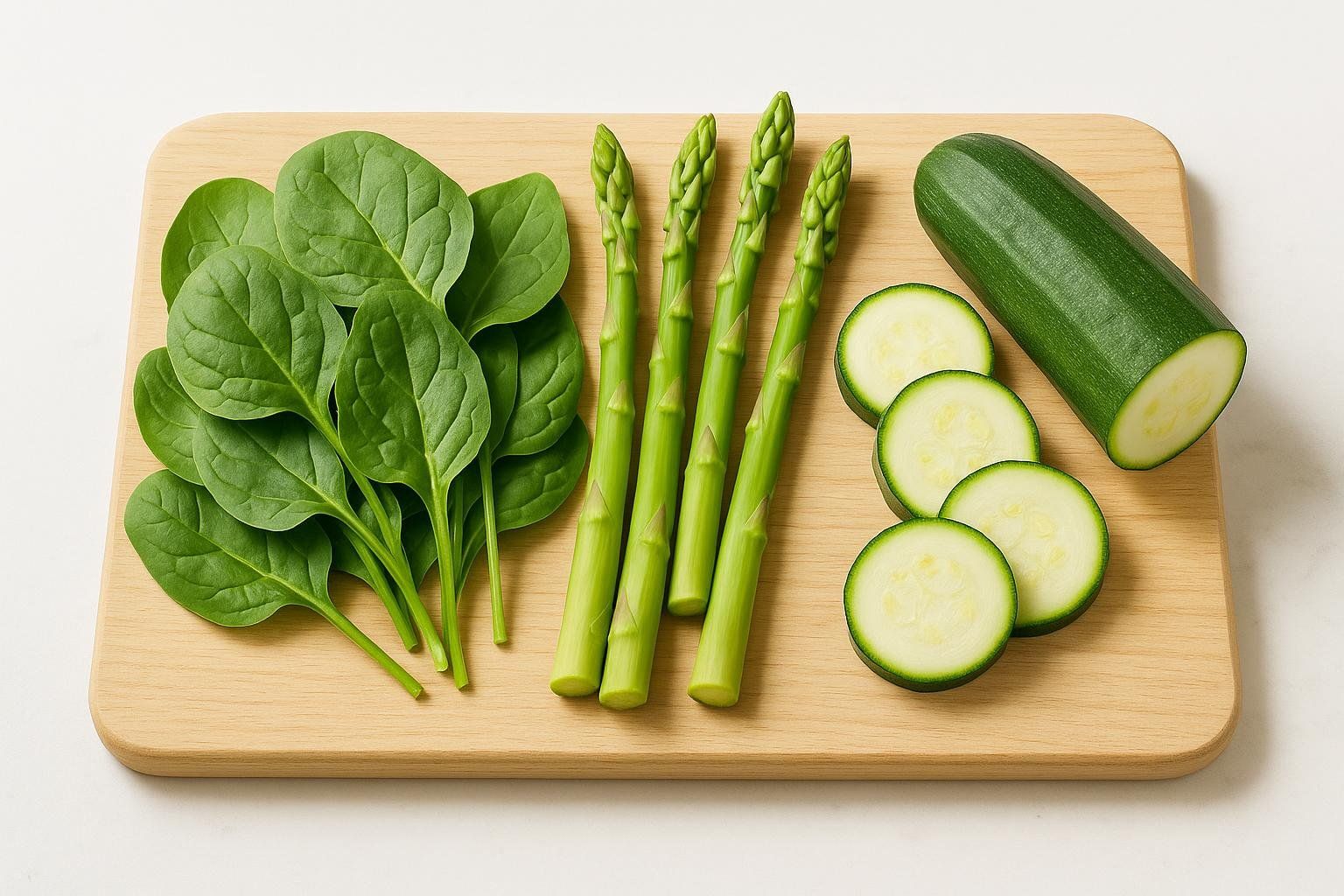
- Spinach
- Asparagus
- Romaine lettuce
- Zucchini
- Mushrooms
Low-Carb Favorites (3–5 g net carbs)
- Cauliflower
- Bell peppers (green, red, yellow)
- Cabbage
- Eggplant
- Roma tomatoes
- Broccoli
- Green beans
Moderate-Carb Veggies (6–10 g net carbs)
- Carrots
- Beets
Measure portions carefully if you’re targeting fewer than 25 g net carbs per day.
High-Carb Veggies to Limit on Strict Keto (> 10 g net carbs)
- Parsnips
- Sweet potatoes
- White or red potatoes
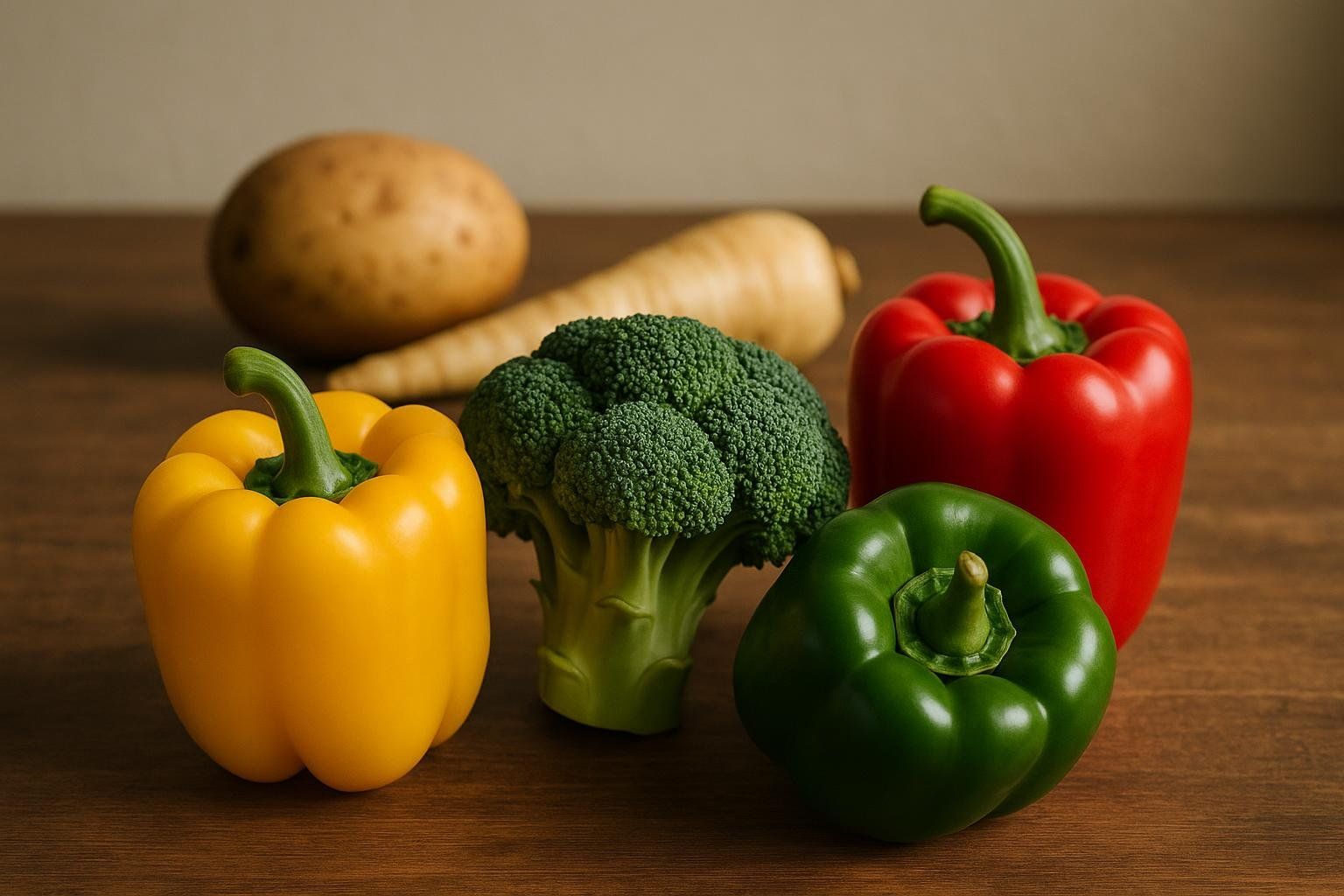
Even small servings can blow your daily carb budget—use sparingly or avoid altogether.
Practical Keto Shopping List
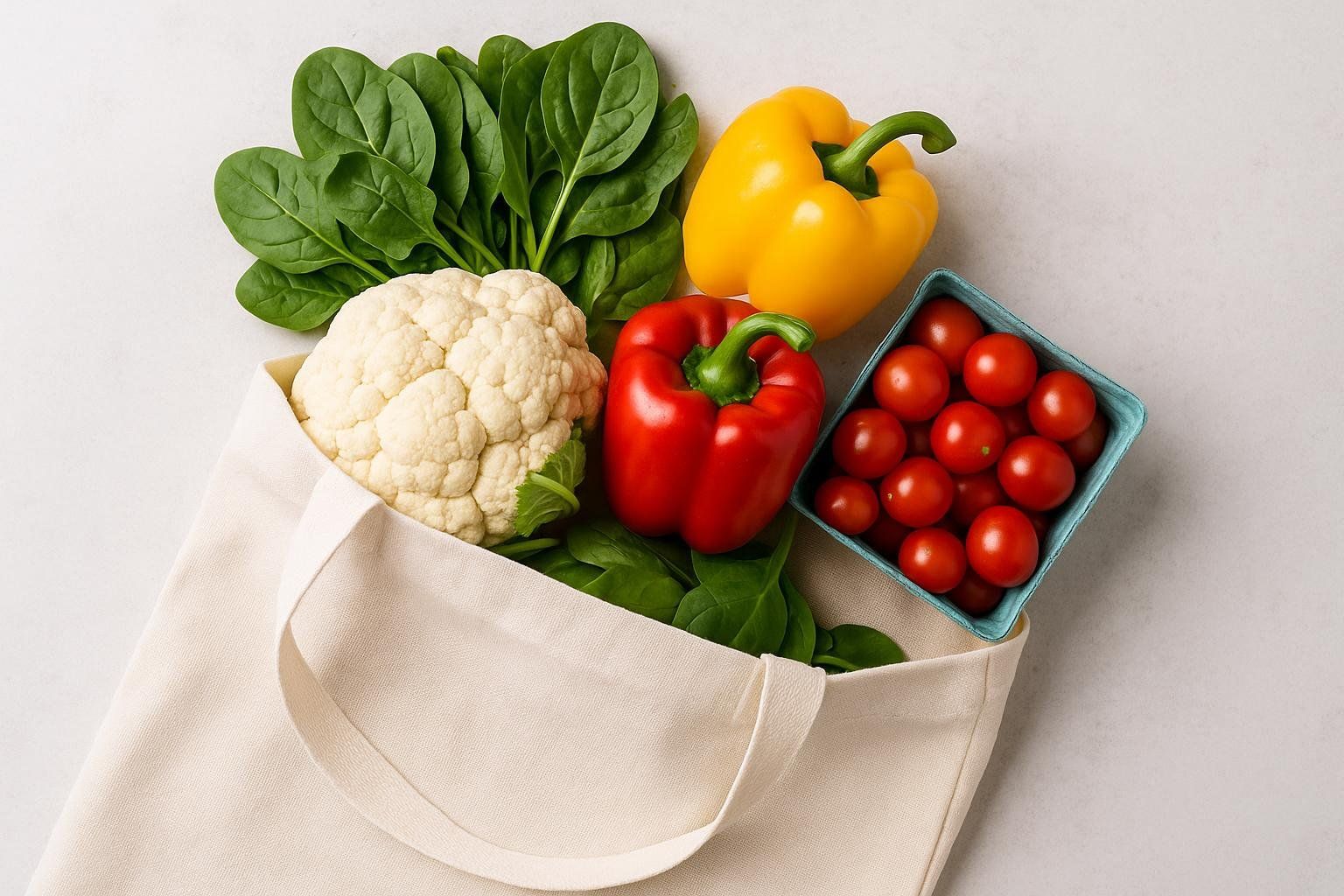
- Fresh spinach or baby kale
- Cauliflower and broccoli heads
- Zucchini
- Shredded cabbage or coleslaw mix
- Cherry tomatoes
- Mixed mushrooms
- Bell peppers
- Fresh herbs (parsley, cilantro, dill)
10-Minute Meal Builder
Use the Mix-and-Match Matrix below to assemble balanced keto plates. The veggie base and flavor boosts in these combinations typically contribute less than 5 g of net carbs, helping you build a compliant meal:
| Pick a Protein (4–6 oz) | Add a Veggie Base (1–2 cups) | Healthy Fat (1–2 Tbsp) | Flavor Boost |
|---|---|---|---|
| Grilled chicken | Cauliflower rice | Olive oil | Lemon & rosemary |
| Ground turkey | Zucchini noodles | Pesto | Toasted pine nuts |
| Salmon filet | Sautéed spinach | Butter | Fresh dill |
| Tofu (extra-firm) | Stir-fried broccoli | Coconut oil | Ginger & tamari |
| Steak strips | Romaine lettuce cups | Guacamole | Salsa verde |
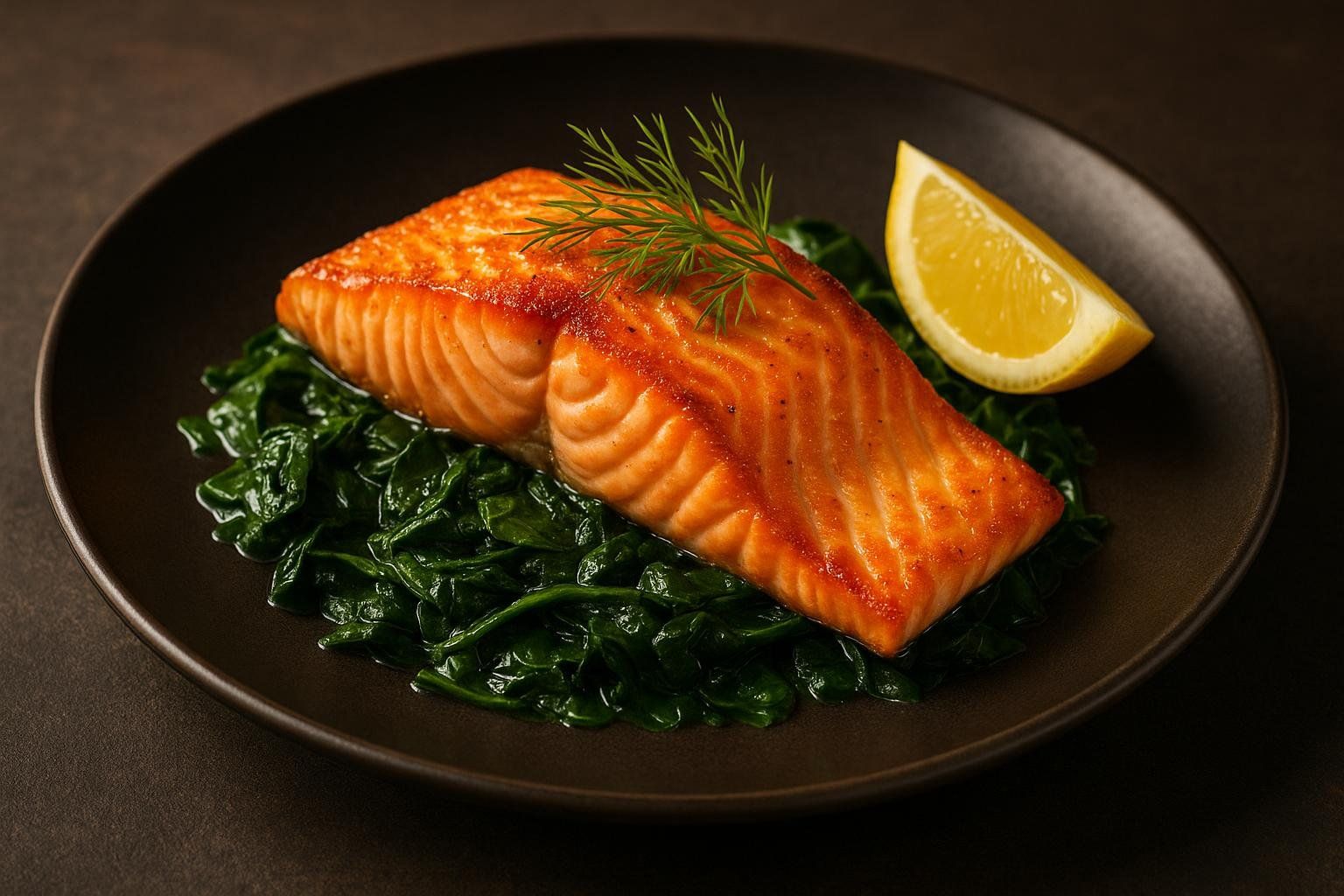
Tracking Matters—Here’s How
Staying in nutritional ketosis means knowing your numbers. Combine this veggie guide with BodySpec’s free Ultimate Guide to Tracking Macros to dial in carbs, fat, and protein on autopilot.
Keto Vegetables & Health: Beyond the Macros
Low-carb doesn’t have to mean low-nutrient. Leafy greens and crucifers deliver:
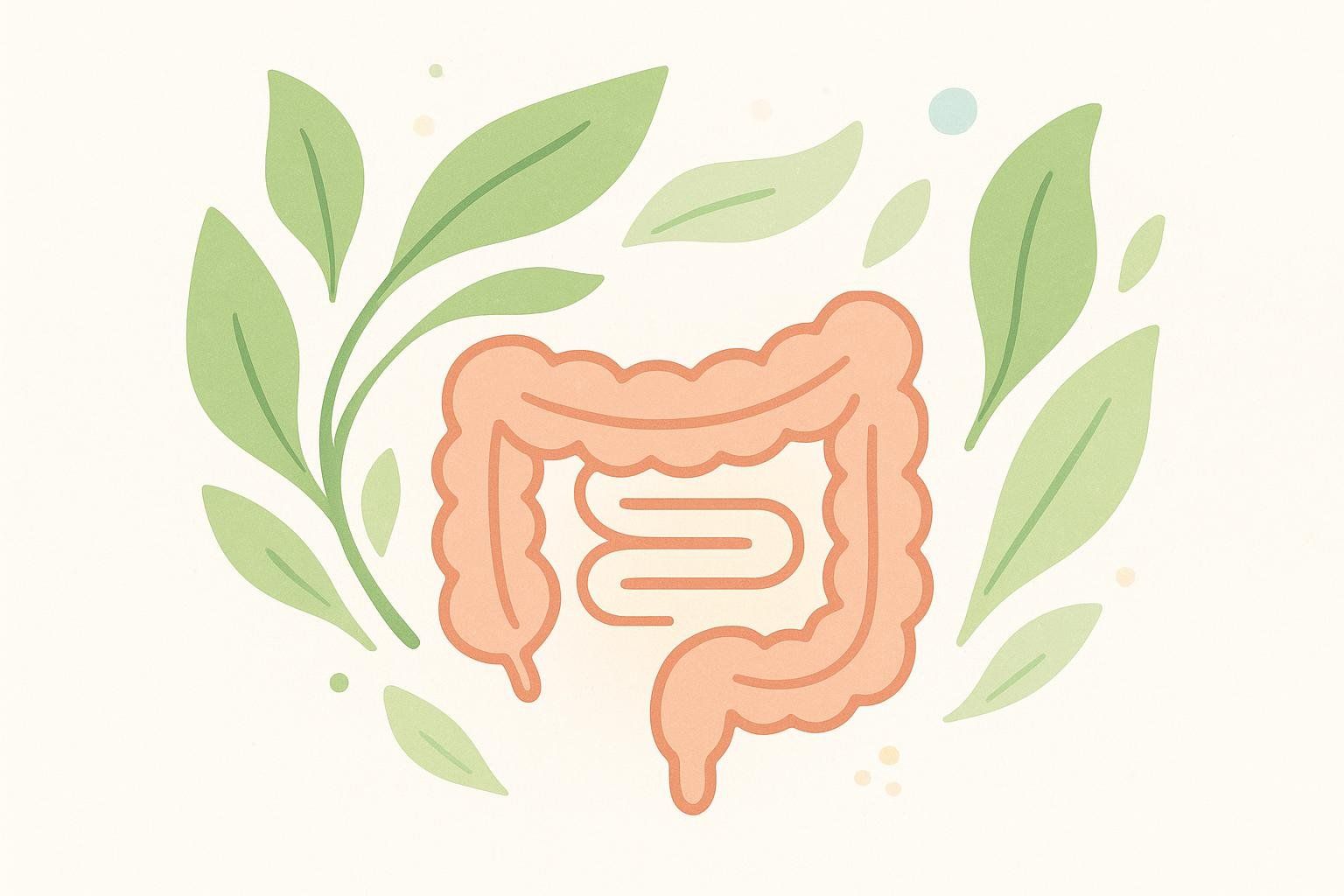
- Fiber for gut health and cholesterol management.
- Electrolytes like potassium and magnesium to curb keto flu.
- Antioxidants that may reduce oxidative stress.
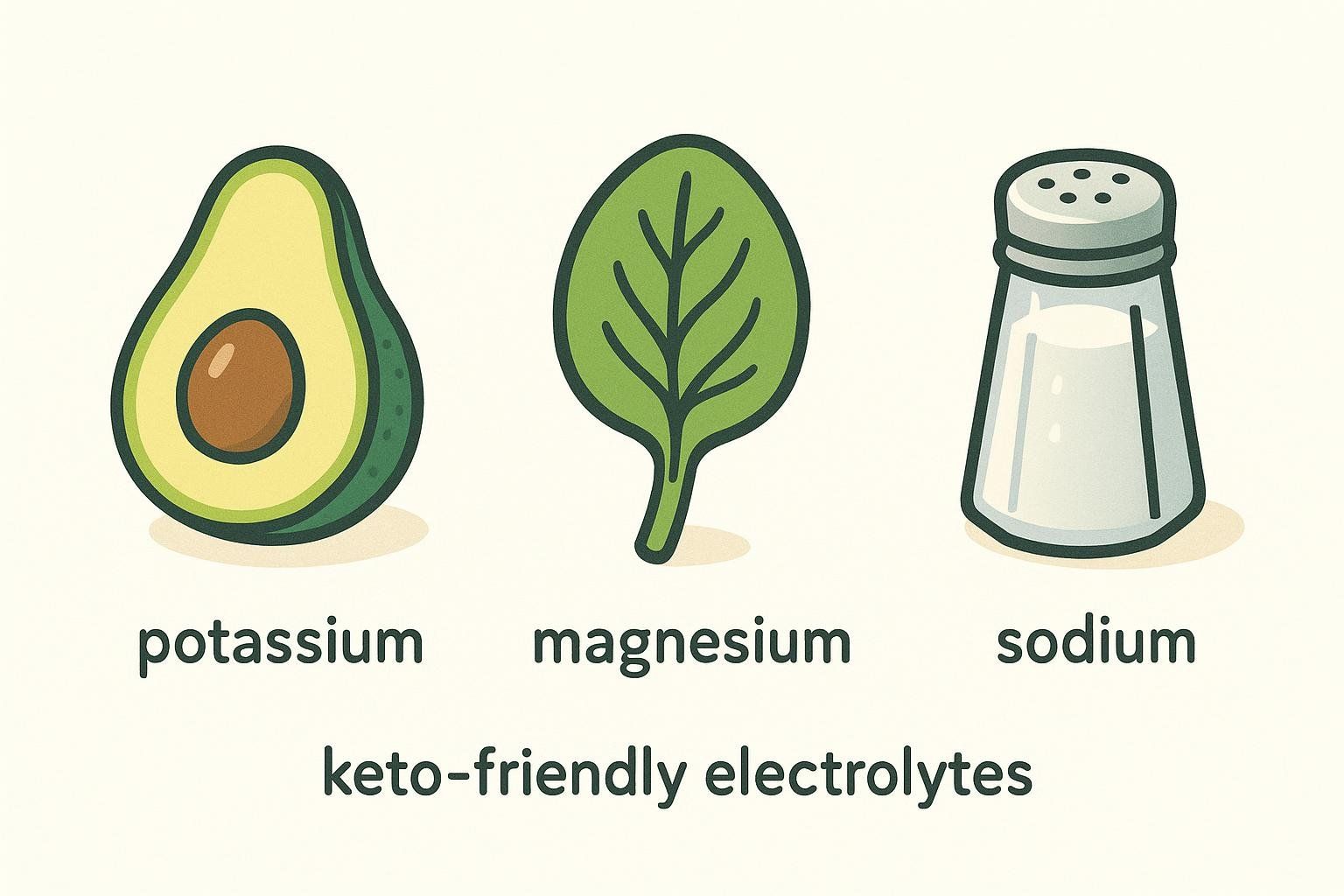
Plus, non-starchy veggies add meal volume—critical for satiety when calories are restricted (Verywell Health).
Common Questions About Keto Vegetables
Can I eat unlimited spinach or lettuce?
It is highly unlikely you could eat enough of these greens to exit ketosis—they’re extremely low in net carbs. Still, very large volumes can cause GI distress for some people, so listen to your body.
What about onions and garlic?
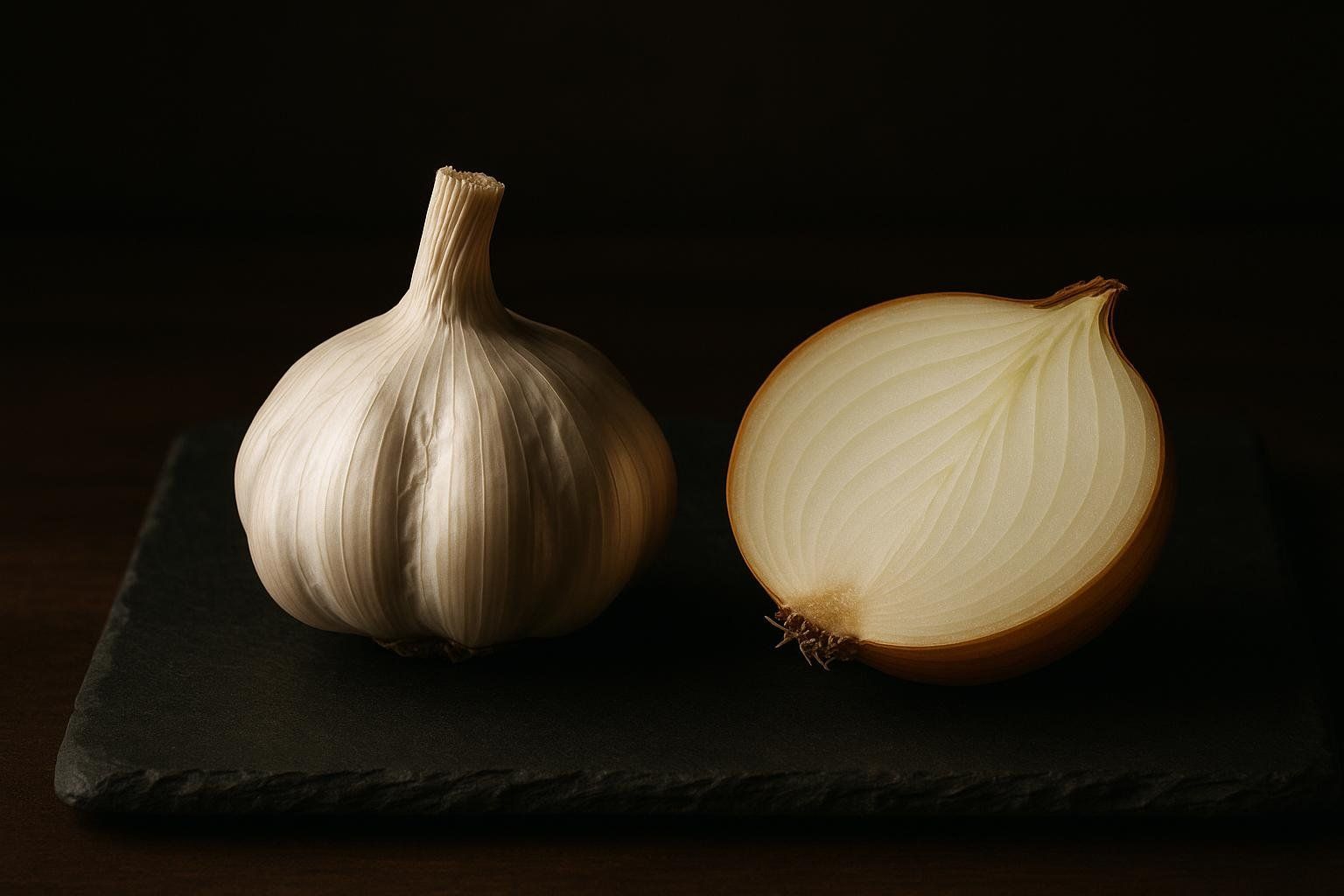
Whole onions have ~8 g net carbs per 100 g, but a tablespoon of chopped onion in a recipe is negligible. A single garlic clove has < 1 g net carbs and packs plenty of flavor.
Do I need to supplement vitamins on keto?
A diet rich in the vegetables above typically covers Vitamin C, K, and many B-vitamins. Make sure sodium, potassium, and magnesium are on point—especially during your first few weeks of keto.
Will eating more veggies slow fat loss?
Not if you track net carbs and stay within your macro targets. Higher fiber intake often improves appetite control, making fat loss easier.
Next Steps: Measure What Matters
Nutrition is just one piece of the body-recomposition puzzle. A quarterly DEXA body composition scan reveals whether your keto plan is melting fat, preserving muscle, and improving visceral fat levels. Book a scan at a BodySpec location near you to get data-driven feedback you won’t find on the bathroom scale.
Want deeper keto insights? Check out:
- What Is the Keto Diet and How Can It Help You Lose Weight?
- Ketone Levels for Weight Loss—Data-Driven Guide
Stay low-carb, eat your veggies, and track your data—the trifecta for sustainable keto success.

